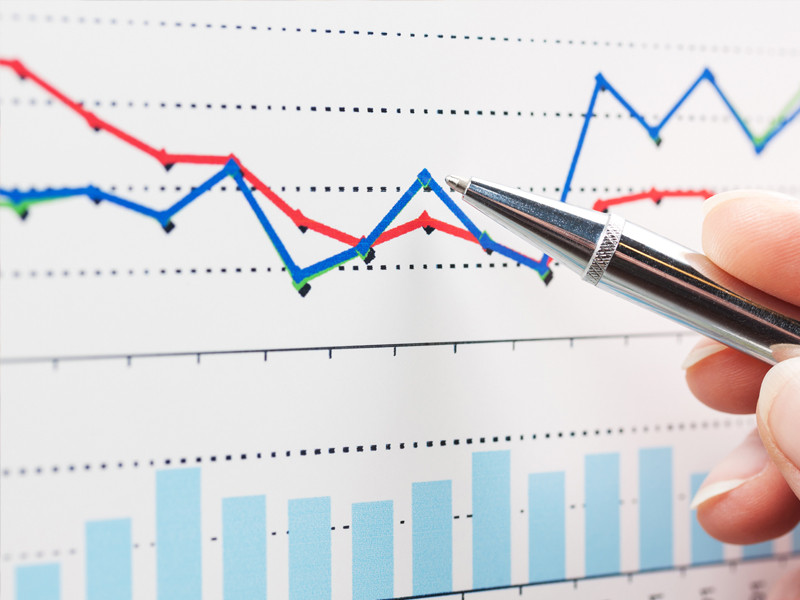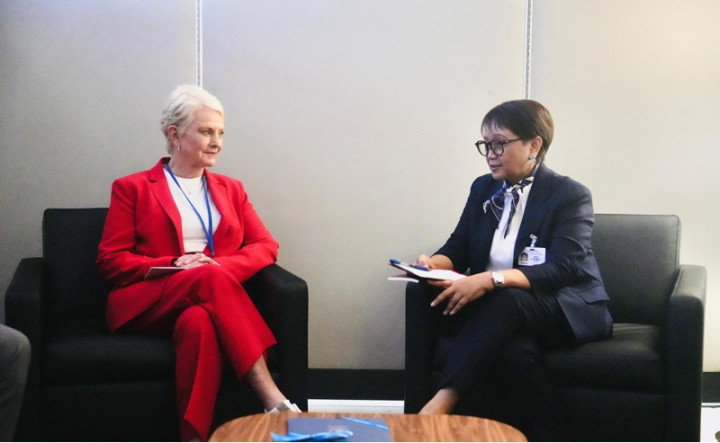Jakarta: Indonesia recorded a lower external debt position in April 2022, Bank Indonesia (BI) has said.
At the end of April 2022, the position of external debt in Indonesia stood at USD409.5 billion, down from USD412.1 billion in the previous month.
Such conditions were primarily explained by a lower debt position in the public sector (Government and Central Bank).
Annually, therefore, the position of external debt experienced a deeper 2.2% (yoy) contraction in April 2022, after declining 1.0% (yoy) the month earlier.
"Government external debt maintained a downward trend in April 2022," BI Communication Department Head Erwin Haryono said in a press release on Wednesday.
The position of government external debt reduced to USD190.5 billion in the reporting period from USD196.2 billion in March 2022.
Annually, government external debt contracted 7.3% (yoy), deeper than the previous month’s contraction of 3.4% (yoy).
The decline stemmed from several series of government securities (SBN) maturing in April 2022, coupled with a rebalancing of placements by non-resident investors spurred by persistently high global financial market uncertainty.
Loans also experienced a net payment as loan repayments were higher than withdrawals to support priority project and program funding.
The current position of government external debt is considered safe and manageable in terms of short-term refinancing risk, considering that 99.96% is dominated by long-term maturities.
"Private external debt increased slightly compared with the conditions one month earlier," he stated.
The position of private external debt in April 2022 increased marginally by 0.03% (yoy) to reach USD210.2 billion after contracting 1.6% (yoy) the month earlier.
The uptick was triggered by 0.5% (yoy) growth of external debt at non-financial corporations, increased from 0.7% (yoy) contraction in the previous month, dominated by corporate global bonds issued in the mining and drilling sector.
In addition, external debt at financial corporations experienced a shallower 1.9% (yoy) contraction in the reporting period compared with 5.0% (yoy) contraction in March 2022.
By sector, the main contributors to private external debt in the reporting period were insurance and financial services, mining and drilling, electricity, gas, steam and air conditioning supply as well as the manufacturing industry, accounting for 77.1% of total private external debt.
Furthermore, 75.7% of total private external debt was dominated by long-term tenors.
Cek Berita dan Artikel yang lain di Google News
FOLLOW US
Ikuti media sosial medcom.id dan dapatkan berbagai keuntungan



















